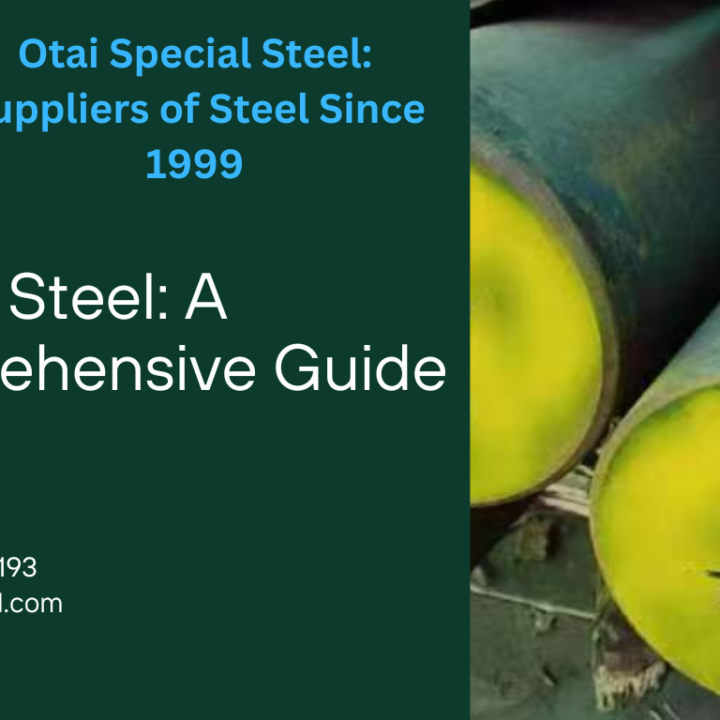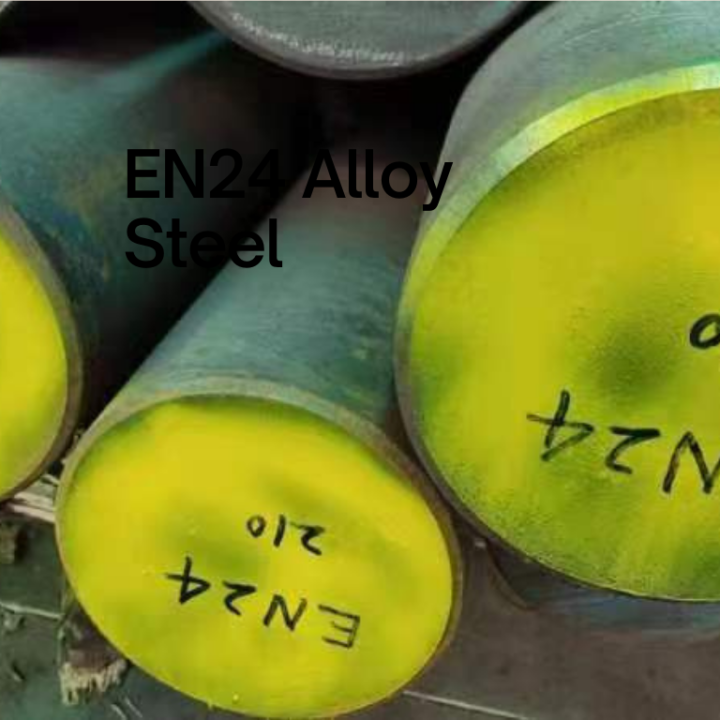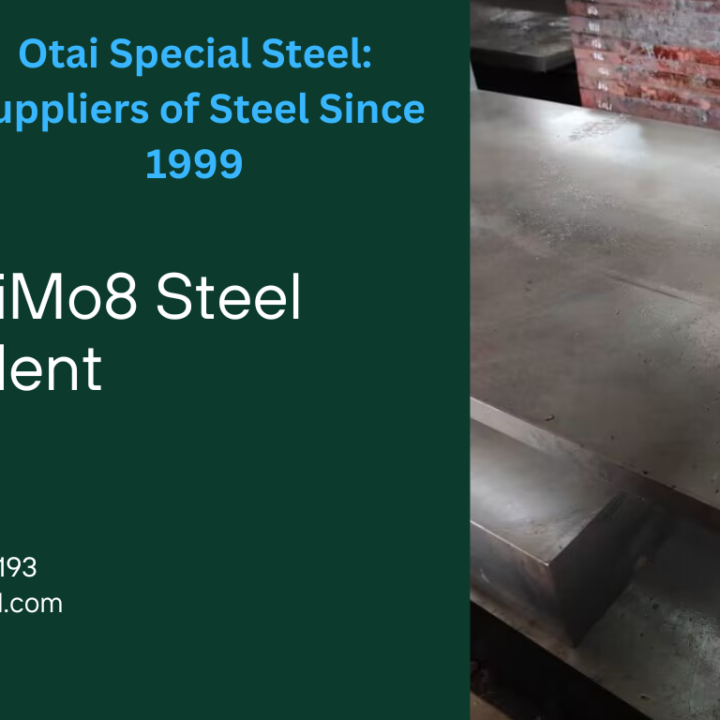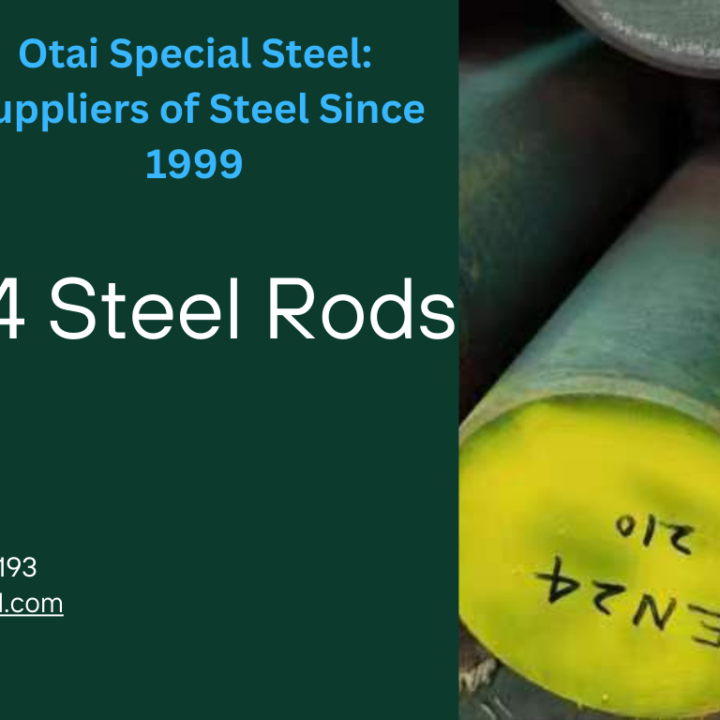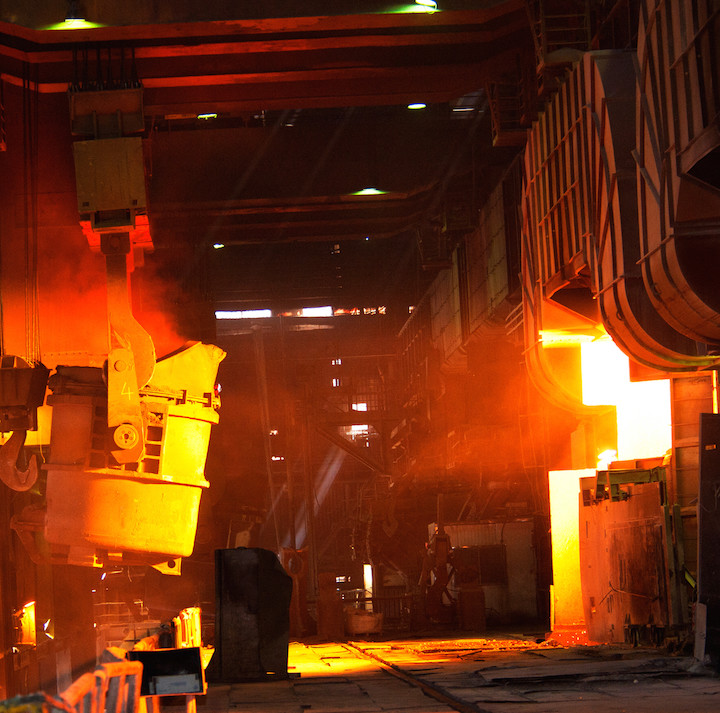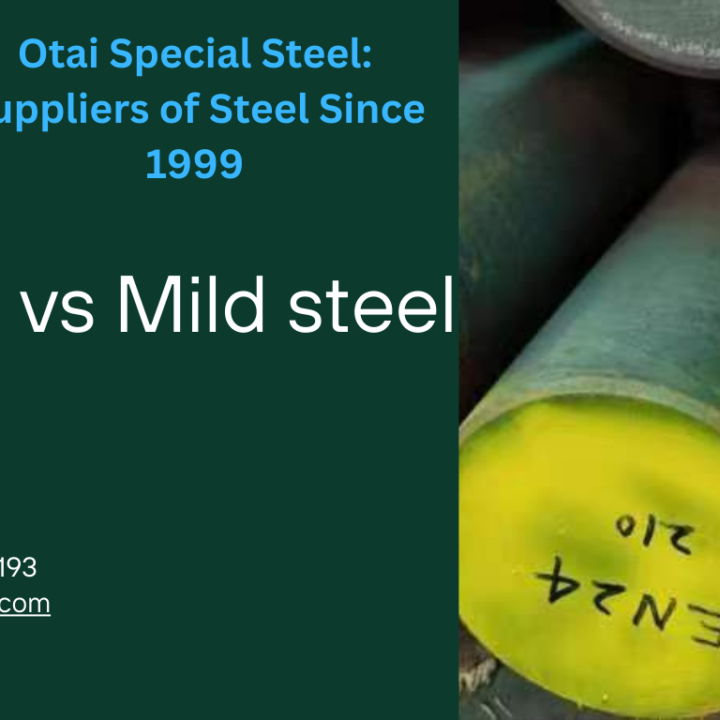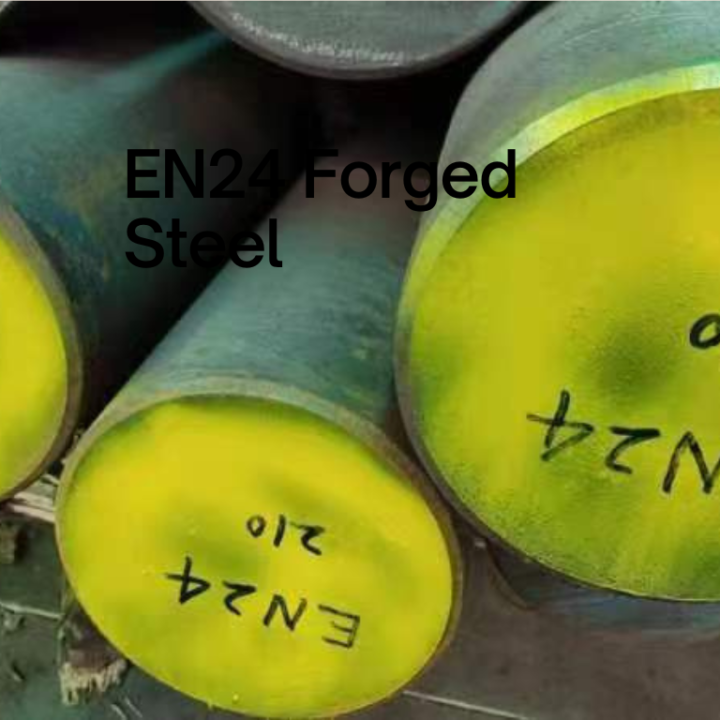
 Whether it’s capacity cuts, pollution controls, government closures, economic troubles or tariffs on exports, nothing seems to stop China’s mills from producing more steel.
Whether it’s capacity cuts, pollution controls, government closures, economic troubles or tariffs on exports, nothing seems to stop China’s mills from producing more steel.
Despite a three-year campaign to slash excess production capacity and government curbs to fight smog, the country’s steelmakers have continued to set monthly records for output.
In July, China’s crude steel production rose 7.2 percent from a year earlier to 81.24 million metric tons, making it the third month in a row over the 80-million ton mark, according to the National Bureau of Statistics (NBS).
So far this year, production is running 6.3 percent ahead of the 2017 record rate, a pace that would put output on track to top 884 million tons in 2018.
Last week, Reuters reported signs that the boom may have leveled off in August as a purchasing managers’ index (PMI) for steel edged down to 53.4 from 54.8 in July, although it stayed well above the expansion-contraction tipping point of 50.
The steel indicator was significantly higher than the official PMI reading for all manufacturing, which ticked up to 51.3 from 51.2 a month before.
Last year, China accounted for 49.2 percent of global steel manufacturing, the World Steel Association said. In figures compiled through May, China’s share of the reported world total reached 50.7 percent.
At the 2017 rate, China made more steel in a month than the United States made in a year.
Chinese steelmakers’ records this year have been all the more remarkable in light of the forces lined up against them.
Most notably, the industry has been pressured to shut down old production lines since January 2016, when Premier Li Keqiang promised to shed 100 million to 150 million tons of surplus capacity by 2020. The excess was blamed for low prices, losses and overproduction.
Since then, the government has claimed closures of 65 million tons of annual capacity in 2016 and 50 million tons last year with a target of 30 million tons in 2018.
The NBS cited China’s production capacity in 2016 as 1.1269 billion tons, the Peterson Institute for International Economics reported. The figures suggest overcapacity could be down to 163 million tons by the end of this year if production continues at the current rate.
Seasonal suspensions
Aside from the targets for permanent downsizing, the government has imposed seasonal suspensions to keep coal-fired steel plants from adding to winter smog in the Beijing area during the heating season.
Judging by the series of monthly records, the seasonal curbs of up to 50 percent of normal production did nothing to slow industry output as activity shifted to other parts of the country, even though some cutbacks were extended into the spring.
“The reason we didn’t see declines in steel output amid the environmental crackdown is that steel mills have improved their production efficiency by using higher grades of iron ore and adding more scrap steel to churn out more products,” analyst Wang Yilin at Sinosteel Futures told Reuters.
Another reason for increases is that steelmakers rushed to take advantage of rising prices after the market reacted to the capacity cuts, the seasonal suspensions and fears of a wider environmental crackdown.
In late July, the China Iron and Steel Association (CISA) reported a 14.6-percent price rise in the first half from a year earlier. Sales soared more than 15 percent to nearly 2 trillion yuan (U.S. $292 billion), while net profit more than doubled to 139.3 billion yuan (U.S. $20.3 billion), the official English-language China Daily said.
But there are signs that the steel mills’ good fortune may be a headache for the government.
At an Aug. 16 briefing, an official of the National Development and Reform Commission (NDRC) said that meeting this year’s capacity reduction target will be “not an easy task” if profit margins remain at near-record highs.
In the first seven months, 24.7 million tons of capacity, or 82 percent of the 2018 target, was shut down. But the industry is under “significant pressure” to restart outdated production to reap more profits, the official at China’s top planning agency said, according to a separate Reuters report.
The restarting threat is an echo of problems reported over the past two years when many mills counted as closed quickly reopened after prices started to rise.
In 2017, a study commissioned by Greenpeace East Asia found that 73 percent of the claimed capacity cuts took place at plants that were already idled and that 54 million tons of capacity had restarted to take advantage of price hikes.
The government’s accounting of closures and annual targets has yet to be audited for double-counting, which could explain the recent production records despite the reported cuts.
The government has acknowledged persistent illegal production in spite of repeated attempts to contain it.
In June, NDRC spokeswoman Meng Wei said the capacity campaign had produced effective results, speaking after eight inspection teams completed a survey of 21 provinces and regions for production of substandard steel bars.
Meng said that “some weak links remain in certain regions, including the illegal use of production facilities and illegal addition of new capacity,” the official Xinhua news agency reported.
On Aug. 21, the government released an interagency set of rules for regulating the steel industry and “prohibiting any support for illegal capacity in the sector,” China Daily said.
Doubts about production levels
Some analyses have raised doubts about whether China’s actual production levels will ever be known.
“China has closed about 150 million tonnes of steel production capacity over the past couple of years, but much of this was ‘illegal’ capacity built and operating without the correct permits, meaning that none of this output was in the statistics bureau’s historical count,” said a Reuters commentary on July 17.
“We may never know how much steel China produced before the capacity closures. Even the Chinese authorities may never know,” it said.
The uncertainties about shutdowns extend beyond the historical data.
“As with all such edicts in China, there will be slippage as steel producers, often with the approval of regional authorities, resist pressure to close or curtail production,” the commentary said.
But government regulators face a more fundamental problem.
China’s steelmakers appear to be overproducing whether prices are high or whether prices are low.
In the downtimes of 2016, steel plants overproduced to drive their competitors out of business, hoping to cover their losses with loans and side-bets on risky investments.
With price recovery, mills have boosted production to maximize profits, make up for past losses, and pay down their debts.
Their responses to price signals seem to defy market forces of supply and demand.
Steel production has been rising to new records while economic growth has been slowing.
Growth of gross domestic product in the second quarter edged down to 6.7 percent in the second quarter from 6.8 percent in the first, even before the effects of tariffs take hold.
In July, growth of industrial output slipped to 6 percent, bringing down the seven-month rate to 6.6 percent.
Investment in fixed assets has been steadily fading, with seven-month growth declining to 5.5 percent from 8.3 percent a year before.
Falling exports
Steelmakers appear to be oblivious, although some may have increased production in anticipation of a U.S. tariff slowdown starting in July.
While Washington has imposed 25-percent tariffs, the production records may be more of a problem for China than the United States.
Although China’s steel production dwarfs those of other countries, its exports have been dropping this year, thanks in part to higher prices.
In the first seven months, China’s steel exports fell 14 percent from a year earlier to 41.31 million tons, according to S&P Global Platts news service. The export volume was 7.7 percent of China’s production, based on the NBS data for crude steel.
Very little of China’s exports have been reaching the United States.
In the first five months, U.S. imports of steel products from China fell 2.2 percent from a year before to just 303,701 tons, although the value rose 8.2 percent, the Census Bureau said.
All this suggests that the distortion of price signals and production capacity may be more of factor for foreign markets than how much steel is actually getting through.
“The key issue is overcapacity, not production levels,” said Scott Kennedy, deputy director of China studies at the Center for Strategic and International Studies in Washington.
“If production is rising because of substantial increases in domestic demand and is not being foisted on global markets, then that is not objectionable,” Kennedy said.
But he added that “none of this addresses an underlying problem, which is that many Chinese steel firms are state-owned enterprises with access to cheap credit.”
“So, even if overcapacity has been tamed for now, once China’s economy slows and steel demand falls off, if past is prologue, state banks will again rescue steel firms and their excess output will again unfairly depress prices,” Kennedy said.
